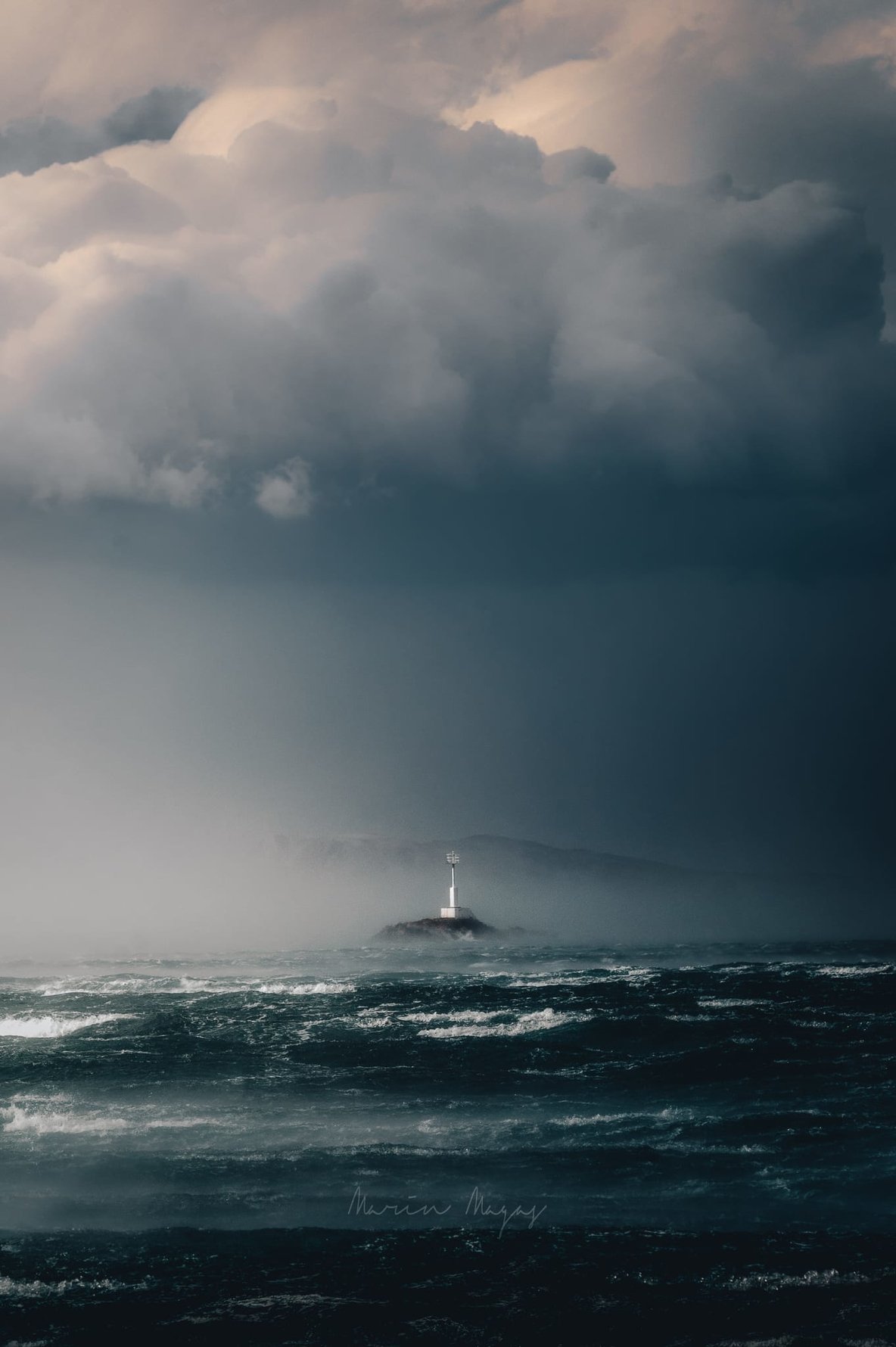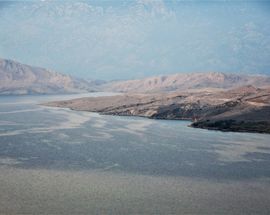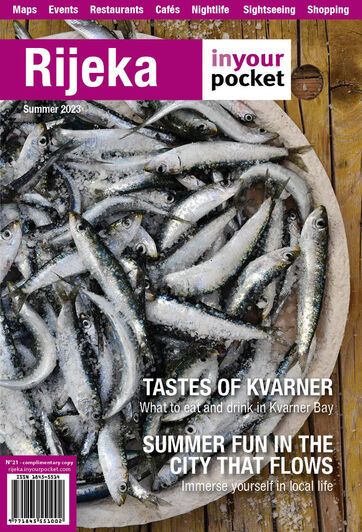This ice-cold northerly wind is a feature of the whole Adriatic coast, although it’s around Senj that the Bura is considered to be at its strongest, frequently reaching speeds of over 200kph.
The Bura is caused by the build up of cold air behind the rock wall of the Velebit range, before the accumulated pressure eventually forces it over the mountain passes and down towards the coast in great gusts. Although it is usually a north-easterly wind, the Bura in Senj can blow in more than one direction, powering its way both south down the coast and north towards Rijeka. The tight web of alleyways that makes up Senj’s Old Town was always intended to provide shelter from the Bura’s bone-chilling blast. At its height the Bura can lift pedestrians off the pavement, knock over tall-sided vehicles, and capsize small boats. At such times you will find that ferry services are suspended, the bridge to Krk Island is closed, and large vehicles are ordered off the roads.

The effects of the Bura are by no means entirely negative. Unlike some other mountain winds, such as the Föhn in Austria and Switzerland, the Bura usually has a positive effect on human mood and a cleansing, reinvigorating effect on all-round health. This is especially true in spring, summer and autumn, when a more moderate Bura blows, bringing clean air and the invigorating aroma of mountain herbs and grasses.
Although more common in winter the Bura can occur at any time of year, and predicting its arrival is a major preoccupation of the local TV weather forecasts.






Comments